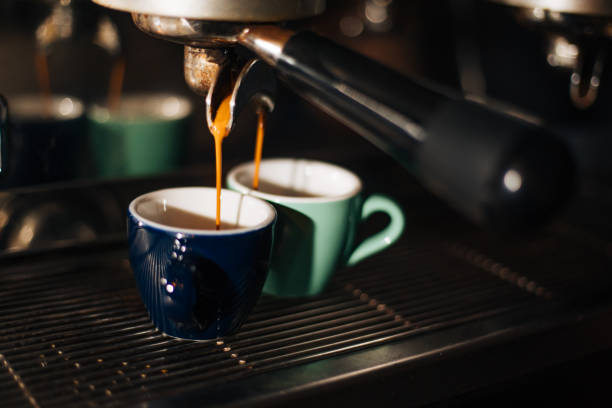Are you a coffee enthusiast looking to elevate your home brewing game? Look no further! In this comprehensive guide, we’ll take you on a journey to master the art of brewing the perfect cup of coffee every single time.
Understanding the Basics of Coffee Brewing
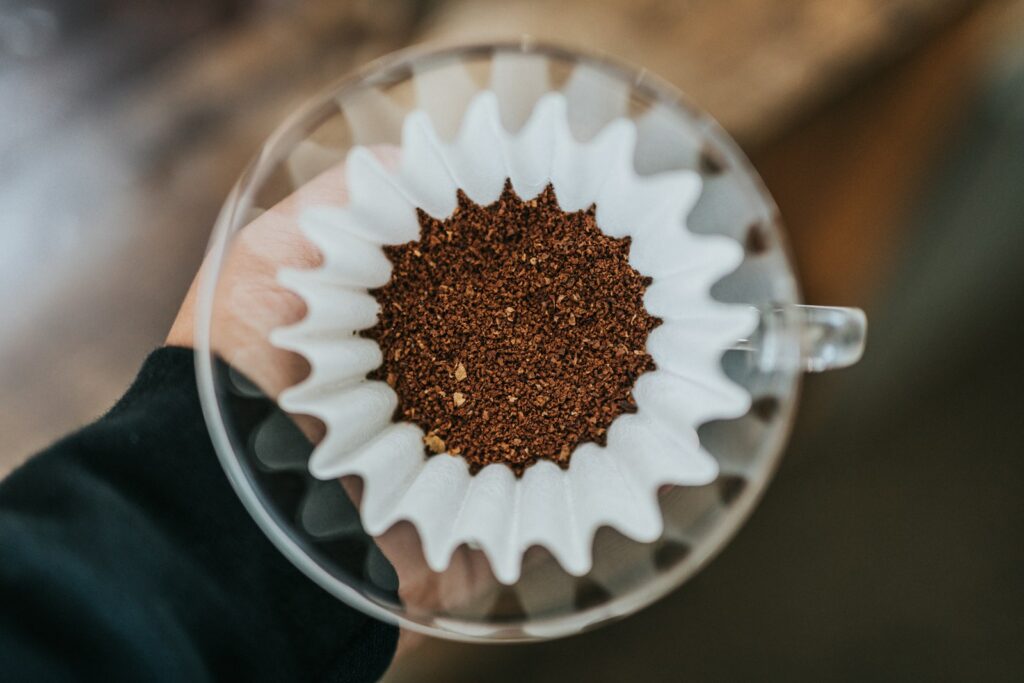
Let’s start with the fundamentals. To brew the perfect cup of coffee at home, you’ll need the right equipment. This includes:
- A high-quality coffee grinder (burr grinders are preferred)
- A brewing method of your choice (e.g., drip machine, pour-over, French press)
- A reliable kettle for heating water to the optimal temperature
- Freshly roasted coffee beans from a reputable source
Choosing the right coffee beans is crucial. Look for whole bean coffee that was recently roasted, and consider factors like origin, varietal, and roast level to find flavors that suit your personal preferences.
The ideal coffee-to-water ratio is typically between 1:15 and 1:17 (one part coffee to 15-17 parts water). This ratio can be adjusted to suit your taste preferences. As for grind size, it should be appropriate for your brewing method – a finer grind for espresso and a coarser grind for French press.
The water temperature for brewing coffee should be between 195°F and 205°F. Anything outside of this range can result in an under-extracted (sour) or over-extracted (bitter) cup of coffee. The brewing time also plays a crucial role, typically ranging from 2-4 minutes for pour-over and 4-8 minutes for a French press.
Understanding Coffee Freshness and Storage
Coffee’s flavor profile can change dramatically depending on how fresh the beans are. Ideally, you want to use coffee that was roasted within the last 2-4 weeks. This ensures the beans have had time to “rest” after roasting, allowing the flavors to develop fully.
When it comes to storage, keep your coffee beans in an airtight container, away from direct light, heat, and moisture. The fridge or freezer is not recommended, as the fluctuations in temperature and humidity can negatively impact the coffee’s freshness and flavor. Instead, store your beans at room temperature in a cool, dark place.
Choosing the Right Coffee Beans
The world of coffee is vast, with a wide variety of origins, processing methods, and roast levels to explore. Each origin, such as Central America, Africa, or Indonesia, can impart distinct flavor characteristics to the beans. Similarly, processing methods like washed, natural, or honey processing can also affect the final taste.
To find your perfect coffee, consider experimenting with different origins, processing methods, and roast levels. Light roasts tend to be more bright and acidic, while medium roasts offer a balance of sweetness and complexity. Dark roasts are often described as rich, bold, and sometimes smoky or chocolatey.
Perfecting Your Brewing Technique
Now that you have the basics down, let’s dive into perfecting your brewing technique for different methods:
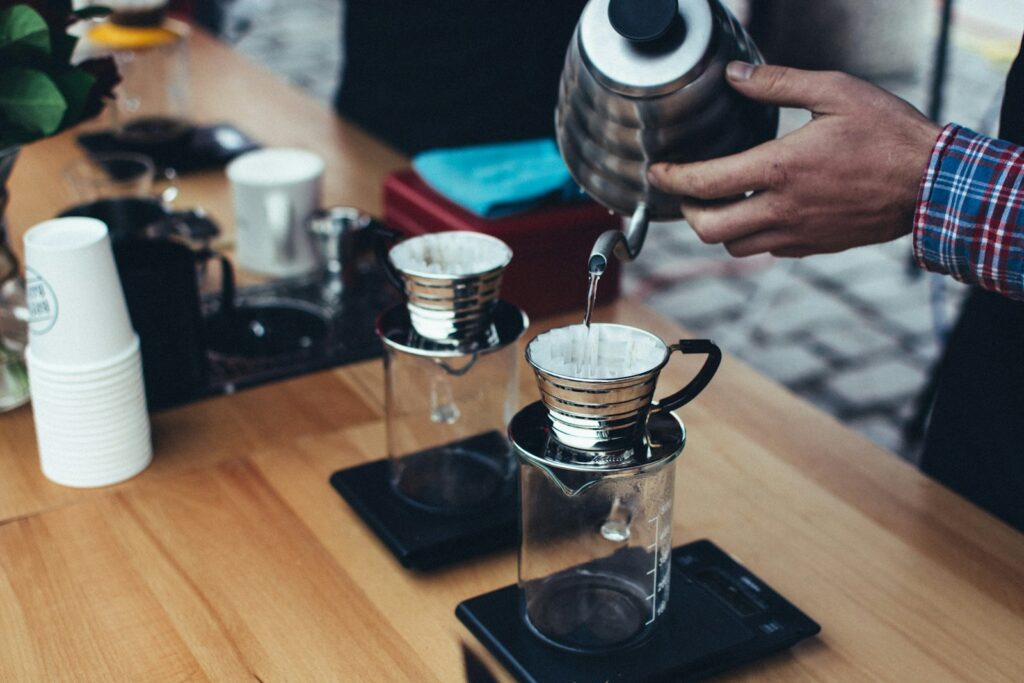
Drip Coffee Maker
- Use a clean, high-quality paper filter
- Ensure the water reservoir is filled with the appropriate amount of fresh, filtered water
- Allow the coffee maker to fully heat the water before brewing
- Let the coffee finish brewing before pouring your cup
Pour-Over
- Grind your coffee beans to a medium-fine consistency
- Slowly pour the hot water (195-205°F) over the grounds in a circular motion
- Maintain a consistent, moderate flow rate for the best extraction
- Experiment with different pouring patterns to find your preferred method
French Press
- Use a coarse grind size for the coffee beans
- Add the ground coffee to the French press, then pour in the hot water (195-205°F)
- Stir gently to ensure all the grounds are saturated
- After 4-8 minutes, slowly press down the plunger to separate the grounds from the brewed coffee
Espresso
- Grind the coffee beans to a fine, powdery consistency
- Tamp the grounds firmly and evenly into the portafilter
- Extract the espresso at a flow rate of 25-30 seconds for a 1-2 oz shot
- Experiment with pre-infusion, pressure, and water temperature to achieve the perfect shot
Iced Coffee and Cold Brew
- For iced coffee, brew a strong, concentrated coffee and immediately pour it over ice
- For cold brew, use a coarse grind and steep the coffee in cold or room-temperature water for 12-24 hours
- Dilute the cold brew concentrate with water or milk to your desired strength
Troubleshooting Common Brewing Issues
As you experiment with different brewing methods, you may encounter some common issues that can affect the flavor of your coffee. Here are a few tips to help you troubleshoot:
- Bitterness: This can be caused by over-extraction, so try reducing the brew time or grind size.
- Acidity: Adjust the coffee-to-water ratio or try a darker roast to balance the acidity.
- Weak flavor: Increase the coffee dose, use a finer grind size, or extend the brew time.
- Sour or astringent notes: Ensure you’re using freshly roasted beans and adjust the water temperature.
- Muddy or gritty texture: Check your grind size and make sure you’re using a proper filter.
By troubleshooting and making small adjustments to your technique, you can dial in the perfect cup of coffee every time.
Unlocking the Flavor Profiles of Coffee
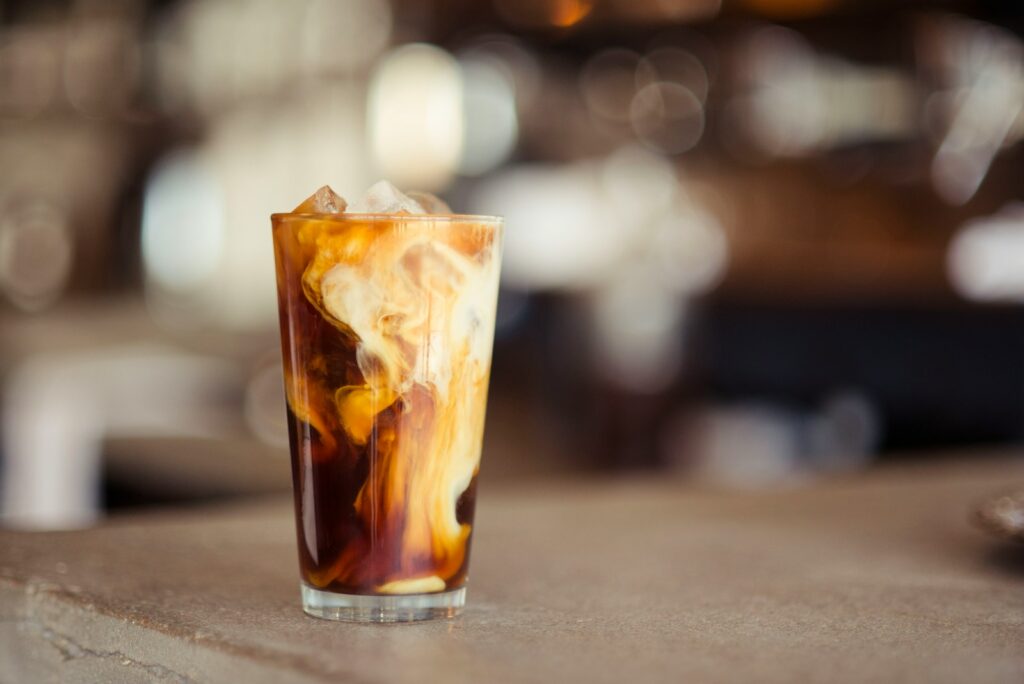
The taste of coffee is influenced by a variety of factors, including the coffee’s origin, processing method, and roast level. Familiarize yourself with common flavor notes, such as:
- Fruity: Berries, citrus, stone fruits
- Floral: Jasmine, lavender, rose
- Nutty: Almonds, hazelnuts, peanuts
- Chocolatey: Dark chocolate, cocoa, mocha
- Spicy: Cinnamon, clove, pepper
By understanding how these factors affect the flavor profile, you can experiment with different brewing variables to unlock the unique characteristics of each coffee.
Exploring Coffee Origins
Coffee beans are grown all over the world, each region imparting its own distinct flavor profile. Some of the most notable coffee-producing regions include:
- Central America (e.g., Guatemala, Costa Rica, Honduras): These coffees are often described as balanced, with notes of chocolate, caramel, and citrus.
- Africa (e.g., Ethiopia, Kenya, Rwanda): African coffees tend to be bright, complex, and fruity, with floral and spicy undertones.
- Southeast Asia (e.g., Indonesia, Papua New Guinea): Coffees from this region can be earthy, full-bodied, and sometimes have a subtle sweetness.
- South America (e.g., Brazil, Colombia, Peru): These coffees are typically well-balanced, with a smooth, chocolatey, or nutty flavor profile.
Tasting and comparing coffees from different origins can be a fascinating and rewarding experience. Consider hosting a coffee cupping or tasting event to explore the diverse flavors the world of coffee has to offer.
Understanding Roast Levels
The roast level of coffee beans can also significantly impact the final flavor. Here’s a quick overview of the main roast levels:
- Light Roast: These coffees are roasted to a light brown color and often exhibit bright, acidic, and fruity notes. They tend to have a lighter body and a more delicate flavor profile.
- Medium Roast: This is a popular and well-balanced roast level, with a blend of sweetness, acidity, and complexity. Medium roasts can showcase a variety of flavor notes, from chocolate and caramel to citrus and spice.
- Dark Roast: Coffees roasted to a dark, oily sheen are typically bolder, richer, and more intense in flavor. Dark roasts often have notes of dark chocolate, smokiness, and a full, syrupy body.
Experimenting with different roast levels can help you discover your personal preferences and unlock a wider range of flavors from the same coffee origin.
Maintaining and Troubleshooting Your Coffee Setup
Proper care and maintenance of your coffee equipment are essential for consistently brewing great coffee. Regularly clean your coffee maker, grinder, and other tools according to the manufacturer’s instructions. This will help prevent the buildup of coffee oils and residue, which can impact the flavor.
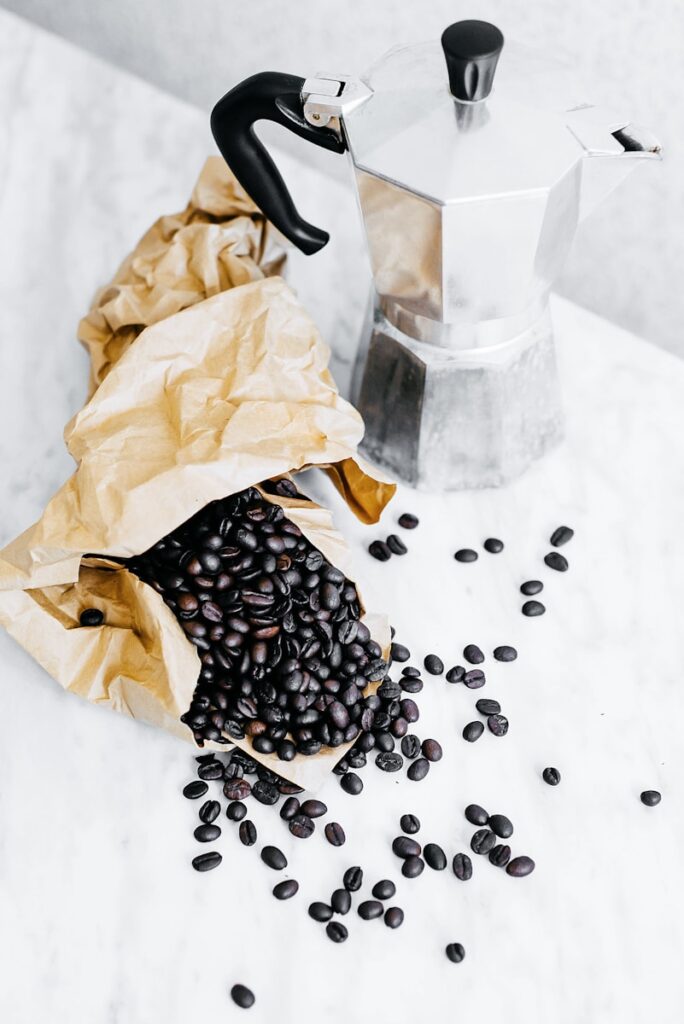
Cleaning and Maintaining Your Equipment
- Coffee Grinder: Disassemble and clean the burrs and housing regularly to remove any built-up coffee grounds or oils.
- Drip Coffee Maker: Run a cleaning cycle with a specialized coffee maker cleaner or a solution of equal parts water and white vinegar.
- Pour-Over Gear: Thoroughly rinse and dry all reusable filters, carafes, and other components after each use.
- French Press: Disassemble the plunger and clean all parts, including the carafe, to prevent stale coffee residue.
- Espresso Machine: Backflush the group head, clean the portafilter, and descale the machine according to the manufacturer’s recommendations.
Proper storage of your coffee beans is also crucial. Keep them in an airtight container, away from light, heat, and moisture, to preserve freshness and flavor.
Troubleshooting Common Issues
If you encounter issues like bitterness, acidity, or weak flavor, consider the following troubleshooting tips:
- Bitterness: This can be caused by over-extraction, so try reducing the brew time or grind size.
- Acidity: Adjust the coffee-to-water ratio or try a darker roast to balance the acidity.
- Weak flavor: Increase the coffee dose, use a finer grind size, or extend the brew time.
- Sour or astringent notes: Ensure you’re using freshly roasted beans and adjust the water temperature.
- Muddy or gritty texture: Check your grind size and make sure you’re using a proper filter.
By troubleshooting and making small adjustments to your technique, you can dial in the perfect cup of coffee every time.
Brewing the Perfect Cup Every Time
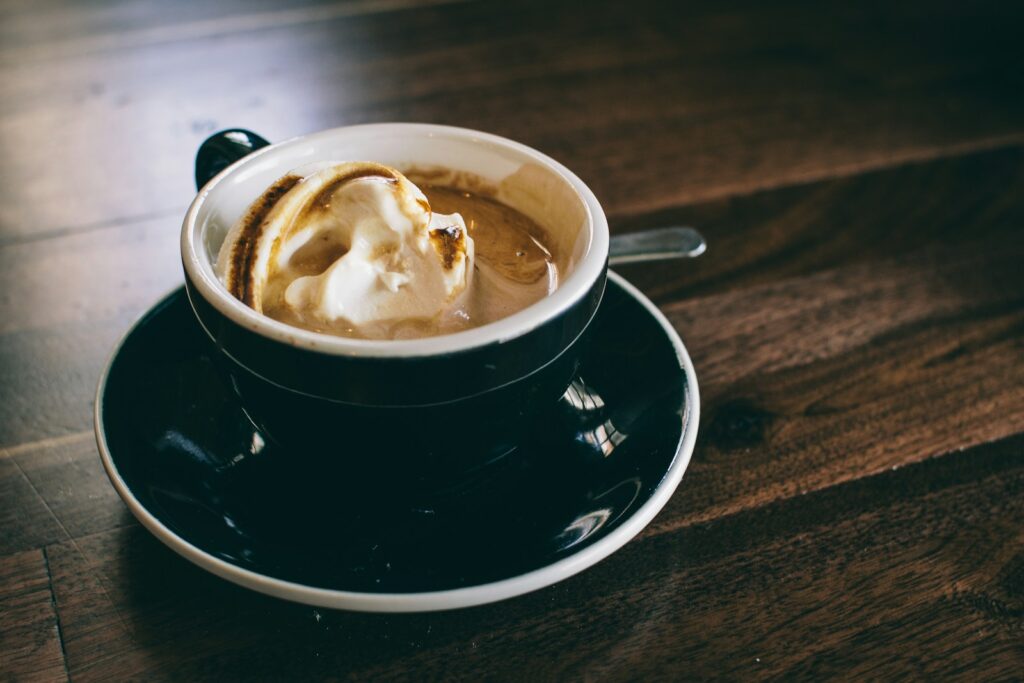
Now that you’ve mastered the fundamentals and troubleshooting techniques, it’s time to put it all together and brew the perfect cup of coffee every single time. Here’s a step-by-step guide:
- Start with freshly roasted whole bean coffee and grind it to the appropriate size for your brewing method.
- Measure the coffee and water using the optimal 1:15 to 1:17 ratio.
- Heat the water to the ideal temperature range of 195-205°F.
- Brew the coffee using your chosen method, following the best practices for that technique.
- Adjust any variables, such as grind size or brew time, to fine-tune the flavor to your liking.
- Serve and enjoy your perfectly brewed cup of coffee!
Experimenting with Brewing Variables
One of the joys of home coffee brewing is the ability to experiment and find your perfect cup. Try adjusting variables like:
- Grind size: A finer grind will result in a more intense, concentrated flavor, while a coarser grind produces a lighter, more delicate cup.
- Coffee-to-water ratio: Increasing the coffee dose can add body and intensity, while a lower ratio can result in a more balanced, subtle flavor.
- Brew time: Extending the brew time extracts more compounds from the coffee, potentially leading to a richer, more complex taste.
- Water temperature: Hotter water (within the 195-205°F range) can increase extraction, while cooler water may result in a flatter, under-extracted cup.
By mindfully adjusting these variables, you can fine-tune your coffee to suit your personal preferences.
Crafting Coffee Drinks and Recipes
Once you’ve mastered the art of brewing the perfect cup of coffee, you can start exploring the world of specialty coffee drinks and recipes. From classic cappuccinos and lattes to creative concoctions like espresso martinis and coffee-infused desserts, the possibilities are endless.
Experiment with different milk frothing techniques, flavored syrups, and even coffee-infused spirits to create your own signature drinks. Don’t be afraid to get creative and put your own spin on traditional coffee beverages.
Embracing the Coffee Brewing Journey
Remember, the art of coffee brewing is an ongoing journey of experimentation and refinement. Embrace the process, have fun with it, and don’t be afraid to try new things. With practice and the knowledge you’ve gained from this guide, you’ll be well on your way to becoming a home coffee brewing master.
So, grab your favorite mug, fire up your brewing equipment, and get ready to unlock the full potential of your coffee beans. Cheers to the perfect cup!
If you have any doubts or queries, feel free to write to us. It would be a great pleasure to help you out.

